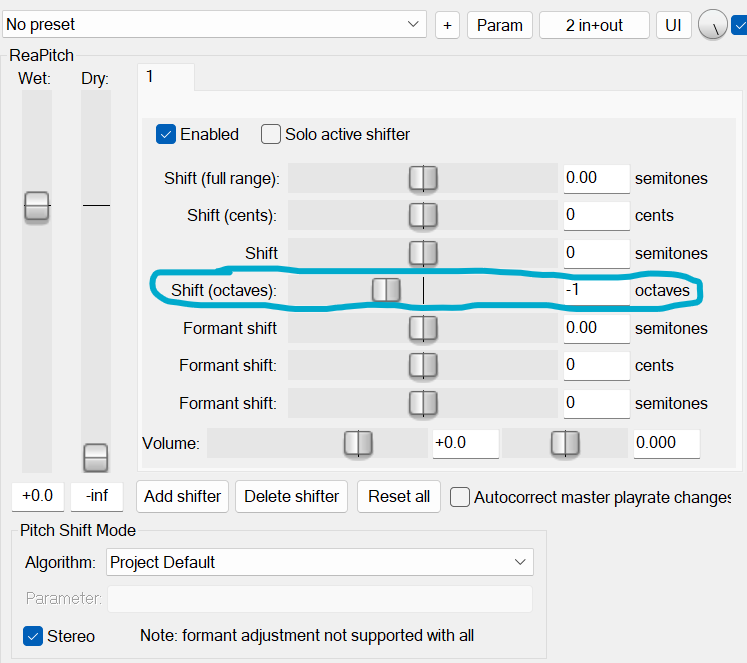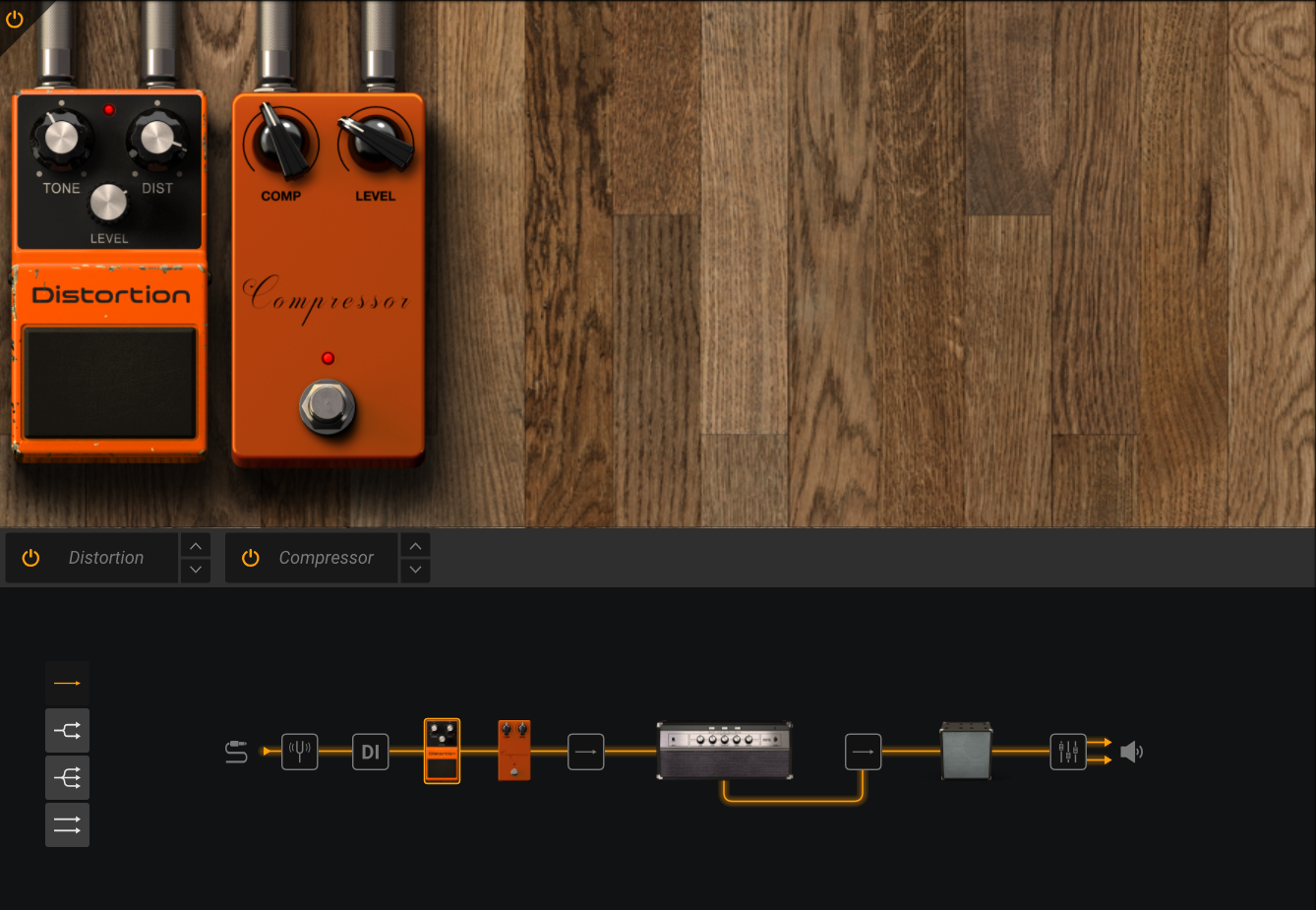Turn Your Guitar Into A BASS With These Stealthy Plugin Moves
May 11, 2024If you’re a solo bedroom guitarist trying to make music, don't have a bass, or don't have any other people to record with, I've got the perfect solution for you. With just 3 simple plugin moves, you can completely transform your 6-string into a low-end grumbling machine. When trying to set up my little home studio, I had to keep to a tight budget but didn't want the music I made to suffer as a result. I knew that any decent bass would cost me at least a couple hundred bucks. Not only did I not have the money for that, but I didn't have the space for it either. Fortunately, I was able to make it work with what I already had. In this lesson, I'm gonna show you exactly how to do the same thing for yourself.
Record A Mock Bass Track
First, record your bass idea by using your favorite digital audio workstation (DAW). In this case, I use Reaper, which is a DAW I typically recommend since it's efficient and you can start using it for free. Simply record on your guitar the part you intend to be played by a bassist. While our mock bass track does not sound like an actual bass just yet, we now have a foundation to manipulate by using plugins.
Pitch Shifter
Now we want to bring our mid-range guitar frequency down into the bass register. To do this, we need a pitch shifter plugin. I use ReaPitch, a stock plugin in Reaper. Since a bass guitar is typically tuned one octave lower than a regular guitar, use the pitch shifter plugin to drop the pitch -1 octave.

Bass Amp Simulator
Now that our recording is in the bass range, our DAW thinks we've got a bass track. Next, let's use a bass amp simulator to give a more authentic bass tone to our track. Doing so will help solidify the illusion of an actual bass. In this lesson, I happen to use the SVX-4B amp sim. I managed to get this bass amp sim for free during a limited-time promotion, but there should be at least one other bass amp sim in the free version of AmpliTube 5.

Effects: Distortion (+Bonus Plugin Move)
Finally, we are going to add some effects to serve as icing on the cake. We need distortion to give us those sweet harmonics that we often hear in great bass recordings. You can use a separate distortion plugin, or in this case, I use a distortion pedal that comes with the free version of AmpliTube 5.
BONUS: To make your bass track as mix-ready as possible, add some compression to it. This will level out the higher volume peaks and make the quieter parts of your track louder. This could (and should) be a subtle change to the overall sound. It's not a single step that pulls off a convincing bass illusion, but rather a combination of intentional, well-calculated moves.

Conclusion
With the 3 simple plugin moves (plus the bonus move), you have just transformed your guitar into a bass. How rad is that?? The pitch shift drops your guitar into the bass range, the bass amp gives it an authentic bass tone, the distortion makes the harmonics pop, and the compressor makes your bass track more mix-ready. Before you consider spending the money on a bass just yet, go ahead and give these plugin moves a try and see how it all sounds. I bet most wouldn't be able to tell the difference.
Watch the full lesson here: Turn Your Guitar Into A BASS With These Stealthy Plugin Moves

